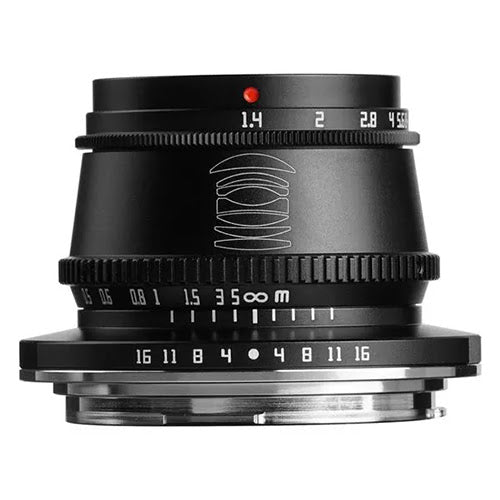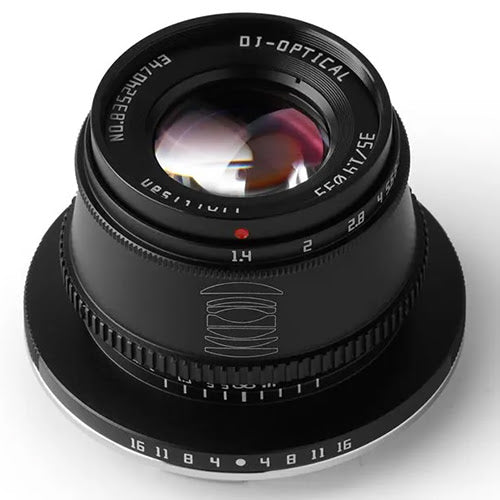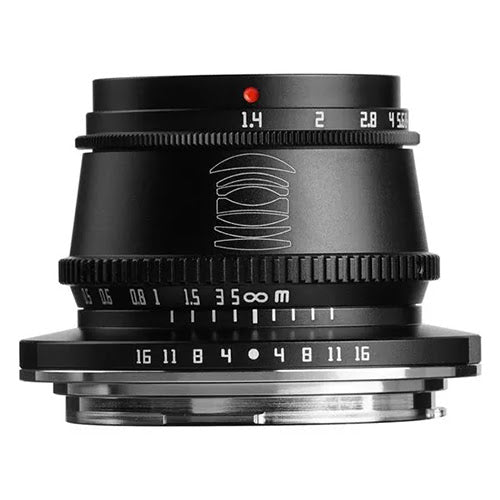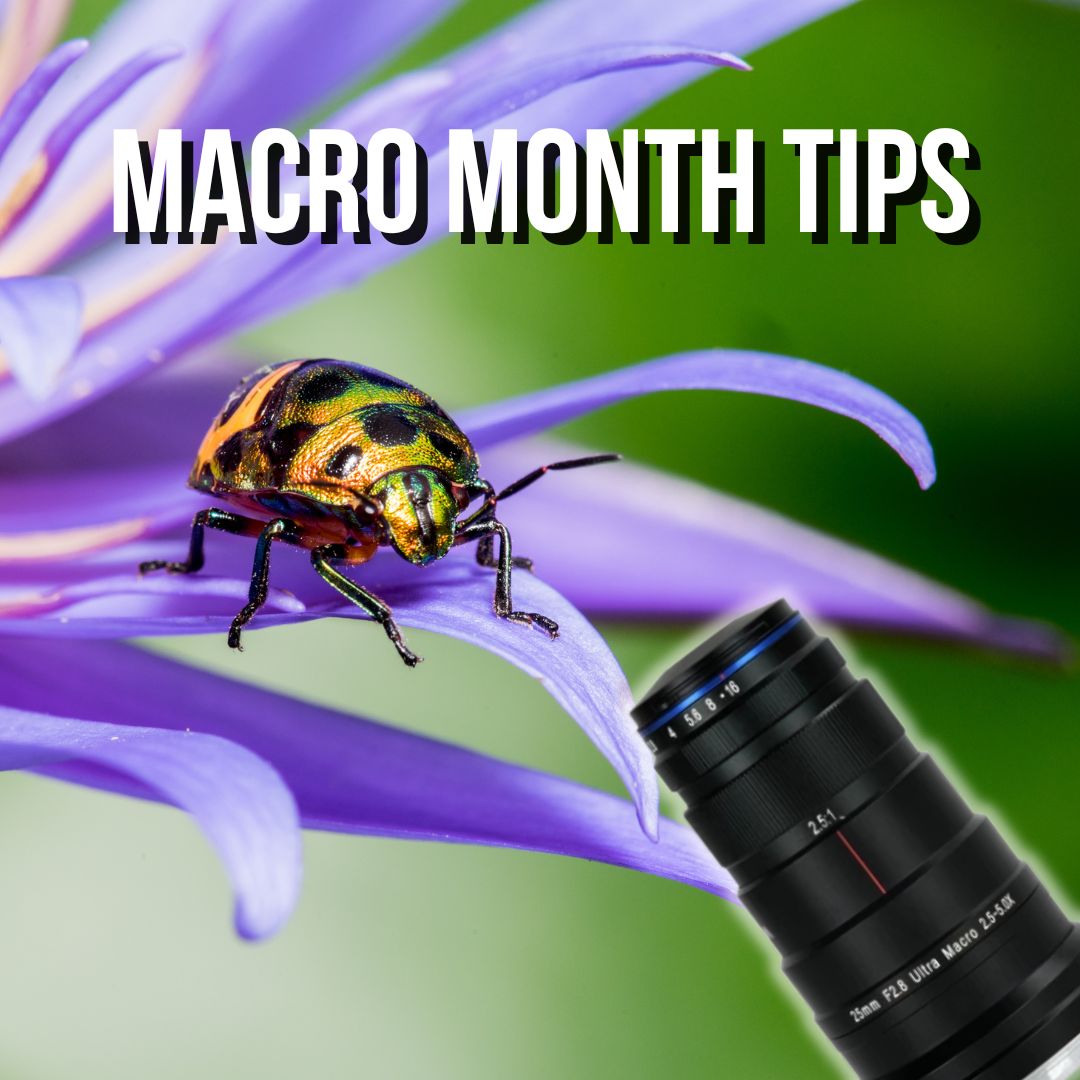Product Description
Portable for portraits
Light and compact; an ideal portable normal-length prime for portraiture. The TTArtisan 35mm f1.4 APS-C Lens - Leica L Mount offers a 52.5mm equivalent focal length for APS-C format mirrorless cameras. Weighting only 180g, the lens is built with an optical structure of 7 elements in 6 groups.
Sharp and bright image quality
A closest focusing distance of 0.28m allows for close-up photography with your subjects. The f1.4 aperture also gives creative freedom on how much light you want in the image, working well in low-light conditions. Plus depth of field control so you can decide how blurred the background is in contrast to your subject, with well-controlled vignetting. This TTArtisan lens has a 10-bladed aperture capable of producing a soft bokeh. The clickable aperture ring ensures smooth focus, while optical coatings increase image sharpness and reduce aberrations.
Key features
Compact size
High cost performance
Close focus distance: 0.28m
Great depth of field control
Fast f/1.4 aperture
Sharp, low-distortion images
Perfect for portraiture
Lightweight: 180g
Payment & Security
Your payment information is processed securely. We do not store credit card details nor have access to your credit card information.















